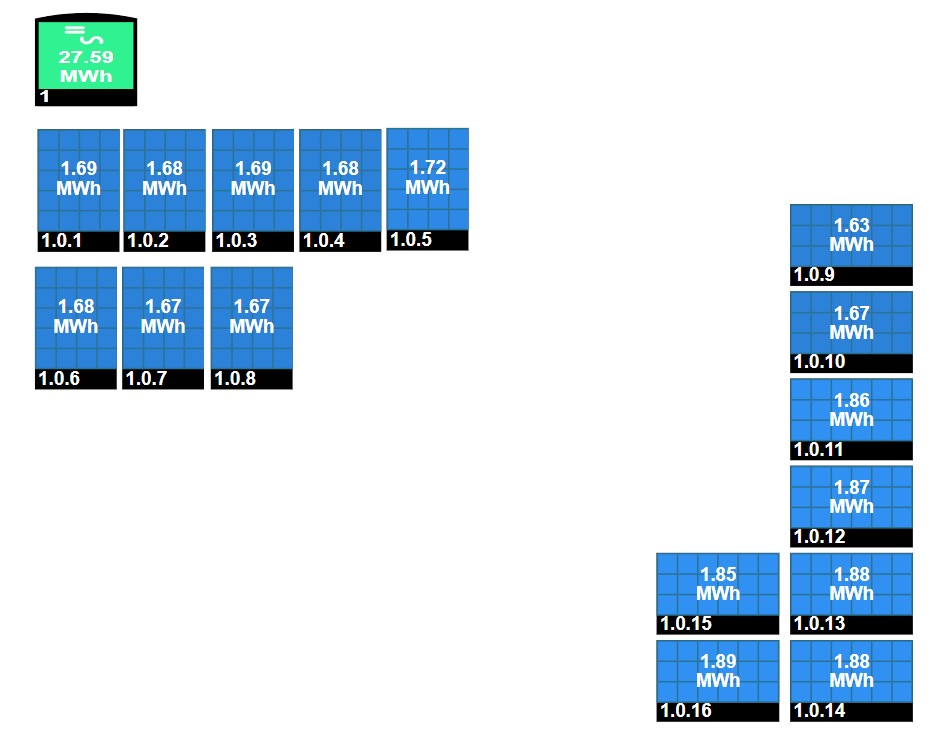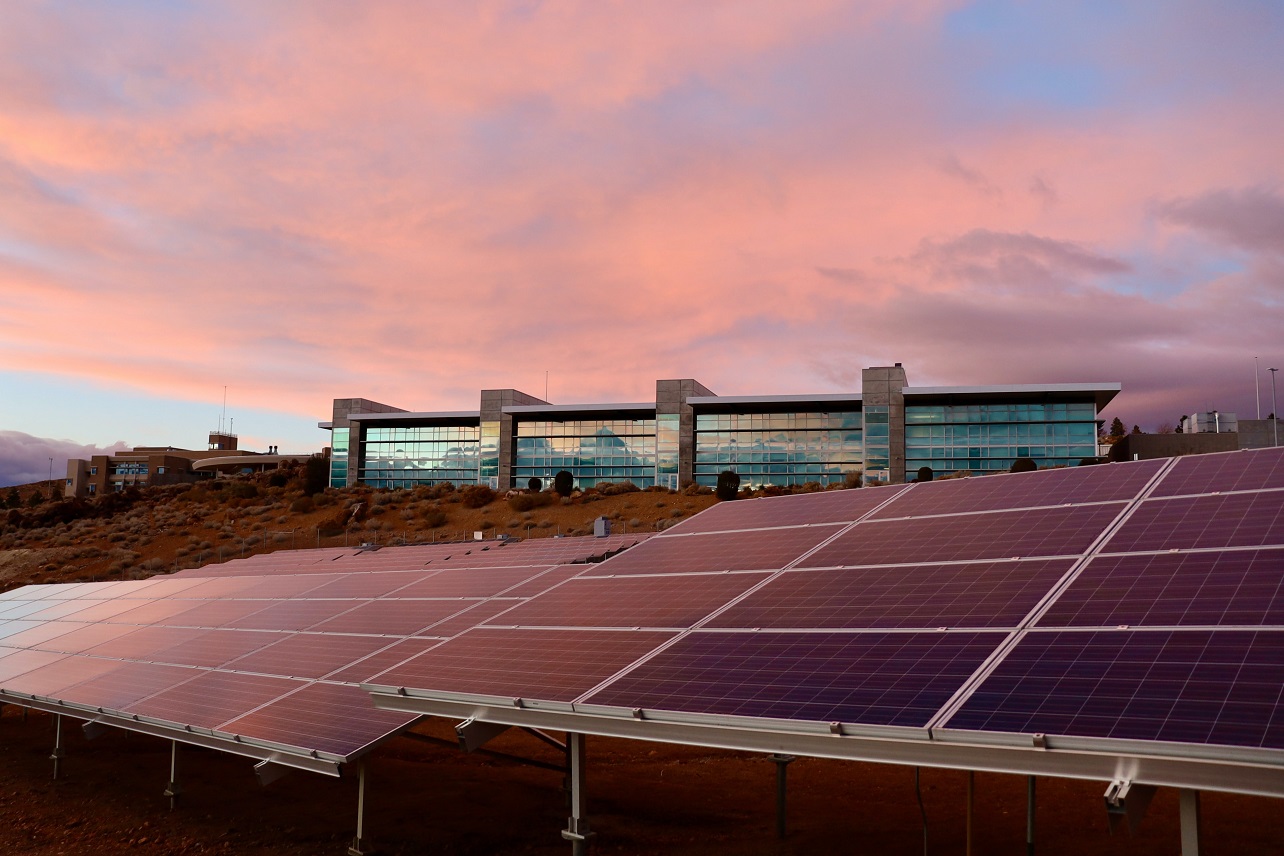Yes good summation. The install I would get wont include a battery as the guy said the one to get would be 7 grand as ones cheaper/smaller just dont do job as well. It would be battery ready with the second quote so I could add one where this would allow time to see if its worth investment and allow for the technology/price/capacity to improve.
I currently work from home and would use most energy with white goods where possible so I guess a south facing occupies the brunt of core use time. I was just mulling over the west facing array as dependant on your stance this roof would benefit from say 3pm till sunset. I never thought much about E/W roofs until I looked into it.
Thats an expensive battery, although there are install costs as well. I saw somewhere it mentioned a Tesla battery install was typically a day for two people, so probably best part of a grand in reality.
Im sure he wont mind but
@HungryHippos is in effect paying about £4k for his 8.2KWH battery on his install.
How much battery you need really depends on your usage pattern. There like everything else with solar is probably not a perfect solution since you can affect change to get most benefit from many scenarios. Such as you mention, use the white goods on sunny days close to peak generation as much as possible.
I think thats why understanding your usage, totals and patterns is important so you can see if having 4kwh, 8kwh, 13kwh etc battery is likely to be optimum for you.
You have to also consider winter months and that the benefit of batteries then is being able to charge from a dual pricing tariff. Charge overnight when its cheap and use during the day when its expensive.
These tariffs are by no means set in stone, they could be far more widely available and far more beneficial, or could dry up as more and more people switch to being able to take advantage.
The Tesla tariff on Octopus for example is superb, but its only with them, if they withdraw it for some reason then your expensive Tesla battery has far less benefit than right now.
From what I can tell, adding a battery mainly means you can benefit from your generation with less impact, so you can generate plenty, store plenty and maybe do your washing later afternoon, where as with pure solar you need to be far more open to moving things to sunny days and peak generation times.



